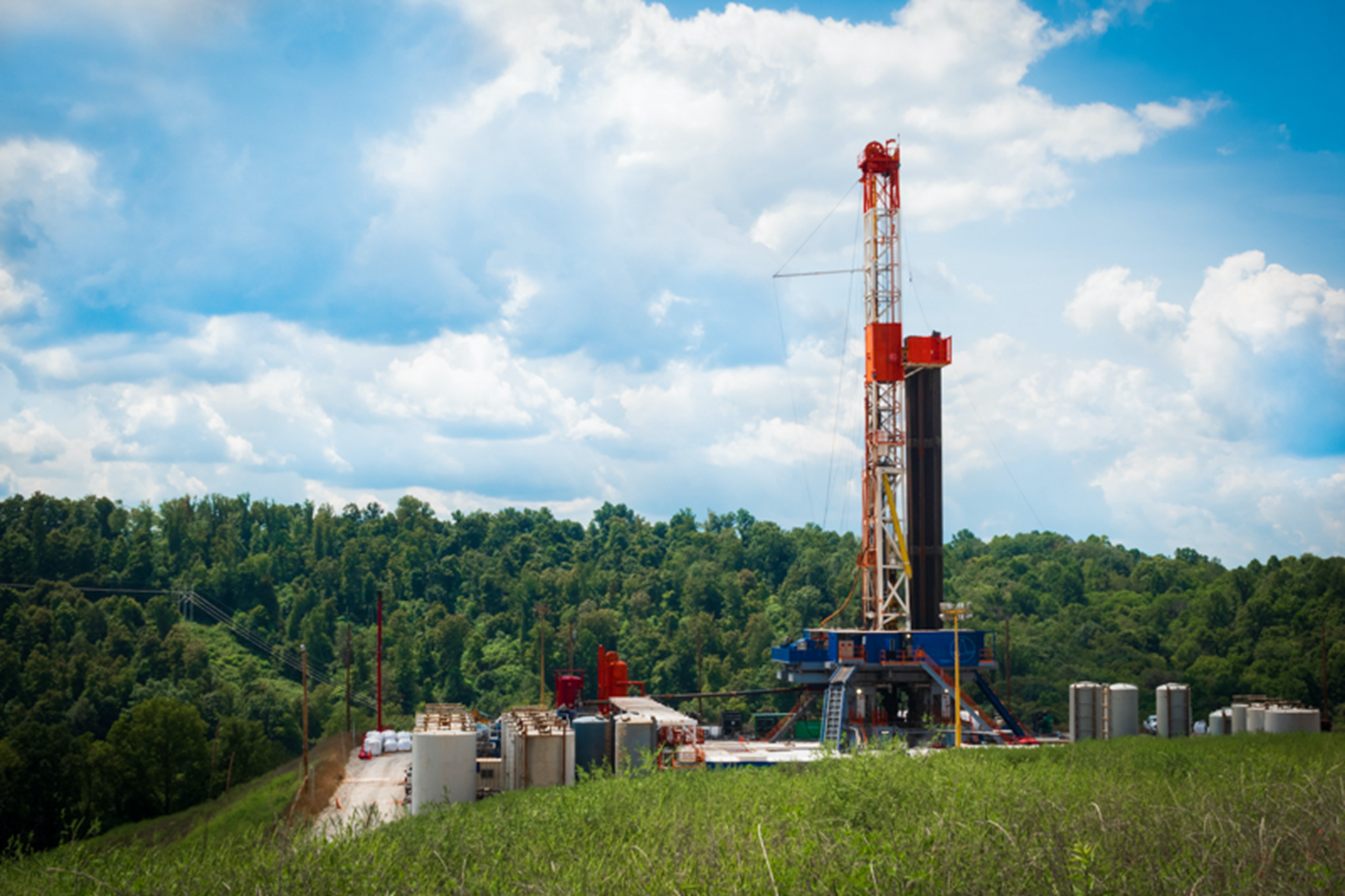Amid ongoing energy and environmental policy discussions underway in Washington, D.C., the Appalachian Basin continues to be the premier natural gas producing region in terms of environmental performance, the latest Clean Air Task Force and Ceres benchmarking report shows.
America’s largest natural gas producing region, – and third largest in the world – development across Pennsylvania, Ohio and West Virginia increased 13% between 2018-2020, while greenhouse gas (GHG) emissions intensity declined 20%, the report cites.
In the last year, Appalachia’s GHG emissions intensity dropped 22%. Specific to methane, the Basin reduced its intensity by 11%, primarily driven “by a reduction of reported emissions from pneumatic controllers,” according to the researchers.
That’s in lock-step with Pennsylvania’s natural gas industry, where operators prioritize implementing environmental controls to limit methane and other greenhouse gas emissions across the supply chain.
In addition to enhanced leak detection and repair protocols, companies are setting stringent emission reduction targets, replacing pneumatic controllers, deploying electric drilling and electric hydraulic fracturing units, partnering with third-party organizations to continuously monitor emissions at the site-level, and working to address historic abandoned well issues in the region, to name a few.
“As the largest natural gas producing region, with the greenest environmental profile in the country, our three states -Pennsylvania, Ohio and West Virginia- have the tools to solve global energy woes,” MSC’s Callahan penned in a recent op-ed alongside West Virginia and Ohio industry leaders.
“Safety, integrity, and a commitment to continuous improvement are values held deeply by the members that make up our respective organizations, and we’re committed to be the driver of America’s clean energy future,” they continued.
With Appalachia leading the way, America’s natural gas and oil industry is strengthening global energy security while providing nations worldwide with a reliable supply of abundant, clean energy from a trusted ally.
Consider, natural gas produced in the U.S. has a methane intensity that’s 65% lower than that of Russia’s, the International Energy Agency (IEA) calculates. And as countries, particularly in Europe, pursue low-emitting sources of energy without sacrificing reliability, they’re looking to the United State for those solutions, which strengthens geopolitical ties.
The European Parliament in fact officially labeled natural gas as a green source of energy integral to the continent’s transition to a carbon-neutral future.
It’s because of these attributes that America recently surpassed both Qatar and Australia to become the world’s largest exporter of liquefied natural gas (LNG). Increasing by 12% compared to the second half of 2021, augmented export capacity coupled with international demand drove utilization of the country’s seven LNG export facilities to 87%, the EIA reports.
But opportunities for even more growth and worldwide energy security hinge upon the implementation of sound public policies that recognize the fundamental benefits of American natural gas. Whether it’s pipelines or export terminal construction, the ability to move resources from where they’re safely produced to where they’re needed remains a considerable challenge in the United States.
In Appalachia, “we’ve hit the wall now” when it comes to pipeline capacity, EQT CEO Toby Rice said last week. But with the regional Mountain Valley Pipeline slated to come online next year, producers will finally be able to reach consumers’ thirst for clean, affordable natural gas.
Appalachia has the energy, commitment, workforce and technology to lead America’s sustainable energy evolution, what’s left is the acknowledgement from government leaders of the private sector’s continual innovation at work. While politicos negotiate in nation’s capital, they should look to Appalachia as an American energy and environment success story.





